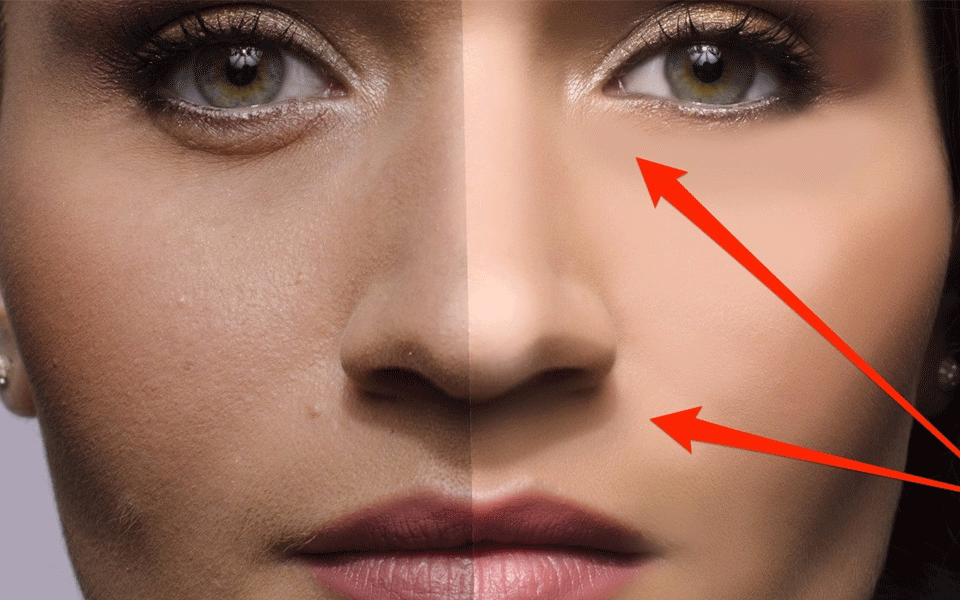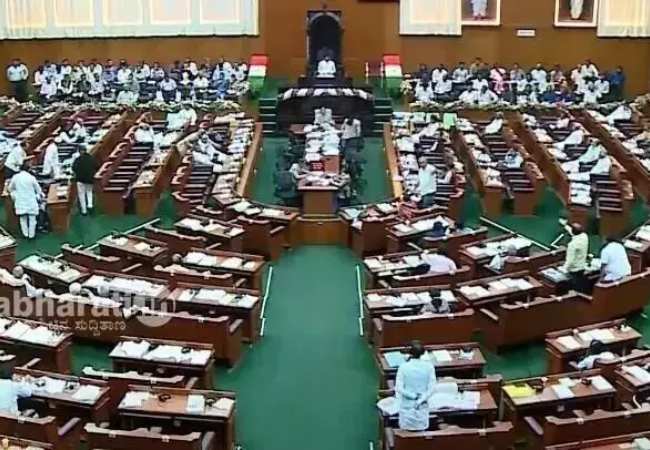San Francisco: Adobe, along with researchers from the University of California, Berkeley, have trained Artificial Intelligence (AI) to detect facial manipulation in images edited using Photoshop software.
At a time when deepfake visual content is getting commoner and more deceptive, the decision is also intended to make image forensics understandable for everyone.
"This new research is part of a broader effort across Adobe to better detect image, video, audio and document manipulations," the company wrote in a blog-post on Friday.
As part of the programme, the team trained a convolutional neural network (CNN) to spot changes in images made with Photoshop's "Face Away Liquify" feature, which was intentionally designed to change facial features like eyes and mouth.
On testing, it was found that while human eyes were able to judge the altered face 53 per cent of the time, the trained neural network tool achieved results as high as 99 per cent.
The tool also identified specific areas and methods of facial warping.
Adobe's execution in detecting facial manipulation came just days after doctored videos of Facebook CEO Mark Zuckerberg and US Speaker Nancy Pelosi made the rounds on social media as well as news channels.
"This is an important step in being able to detect certain types of image editing, and the undo capability works surprisingly well. Beyond technologies like this, the best defence will be a sophisticated public who know that content can be manipulated, often to delight them, but sometimes to mislead them as well," said Gavin Miller, Head of Research, Adobe.
Adobe's Photoshop software was originally released in 1990.
Let the Truth be known. If you read VB and like VB, please be a VB Supporter and Help us deliver the Truth to one and all.
Mandya (PTI): Three members of a family, two of them women, were killed when the car they were travelling in overturned and fell into a ditch on Sunday, police said.
The driver lost control of the vehicle and crashed into a bridge on the Bengaluru-Mangaluru National Highway at Nagamangala in Mandya district, police added.
The deceased were identified as Chandregowda (62) and Sarojamma (57), both residents of Chikkamagaluru. They were returning to their hometown when the accident occurred, police sources said.
In another incident near Agaralinganna Doddi in Maddur taluk, a private bus overturned on a service road, injuring more than 30 people. Locals helped rescue the passengers after the accident.
The passengers were travelling to Bengaluru after visiting the Shimsha Maramma temple in Malavalli. The injured were taken to hospitals in Mandya and Maddur for treatment.





